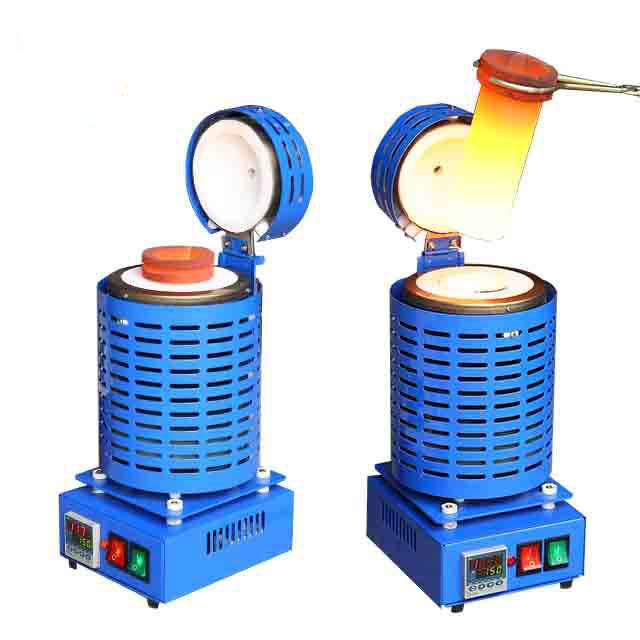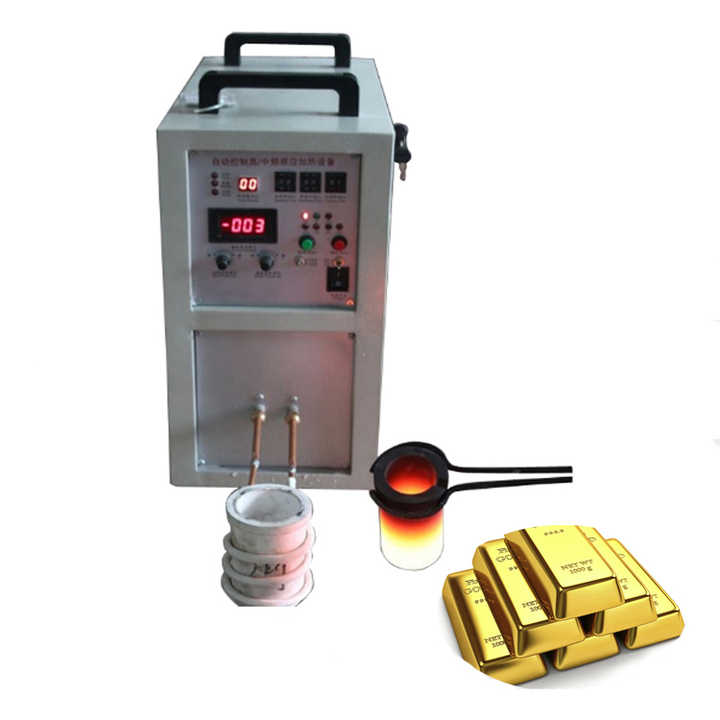refining silver with fire
The Ancient Art of Refining Silver with Fire Purification Through Heat
For centuries, the process of refining silver with fire has been a cornerstone of metallurgy, representing not only a technical skill but also a profound connection between humanity and the elements. This ancient practice combines chemistry, patience, and precision to transform raw silver into a pure, lustrous metal. This article delves into the intricate process of refining silver with fire, exploring the techniques, tools, and science behind this transformative process.
Understanding Silver Refining with Fire
Refining silver with fire is a method that dates back to early civilizations, where artisans and alchemists sought to purify metals to their highest form. Today, while many industrial processes have evolved, the principle of using heat to purify silver remains fundamental. This process is particularly useful for removing impurities from silver and achieving a higher purity level suitable for various applications, from jewelry to industrial components.
Preparation of Silver Ores
Before the silver can be refined, the ore must be processed to extract the metal. This often involves crushing the ore into smaller pieces and grinding it into a powder. The finer the powder, the greater the surface area for the subsequent refining steps. Sometimes, this initial processing may include roasting the ore to oxidize certain impurities and make them easier to remove during the refining stage.
The Refining Process
Furnace Setup
The heart of the refining process is the furnace, which must be capable of reaching extremely high temperatures. Traditional furnaces used for refining silver can reach temperatures well above the melting point of silver (approximately 961.93°C or 1,763.5°F), allowing the metal to liquefy and separate from other materials.
Melting and Purification
Once the furnace is hot enough, the silver is added and allowed to melt. As the silver melts, impurities rise to the surface in the form of slag, a mixture of non-metallic compounds and other contaminants. The slag is periodically skimmed off and discarded, leaving behind the molten silver.
To further purify the silver, fluxes such as borax or soda ash may be added to the molten metal. These fluxes help to dissolve impurities and promote their separation from the silver. The use of fluxes is particularly effective in removing metallic impurities that might otherwise remain in the silver.
Casting and Cooling
After the purification process is complete, the refined silver is poured into molds. These molds are often preheated to prevent rapid cooling, which could cause cracks or other defects in the final product. As the silver cools and solidifies, it forms ingots or bars that can be further processed or used directly in various applications.
Advanced Techniques
Modern refineries often incorporate advanced techniques alongside traditional methods. For instance, after initial fire refining, the silver might undergo electrolytic refining, where an electric current is used to deposit pure silver onto a cathode, leaving impurities behind. This additional step can achieve even higher purity levels, typically upwards of 99.9%.
Safety and Environmental Considerations
Safety is paramount in refining silver with fire. High temperatures and the use of chemicals require strict adherence to safety protocols, including the use of protective gear and proper ventilation. Environmental concerns are also addressed, with efforts to minimize emissions and properly dispose of slag and other waste materials.
Refining silver with fire is a process that bridges the gap between ancient craft and modern technology. It showcases the enduring relevance of metallurgical skills and the pursuit of purity in materials. Whether performed in a traditional furnace or enhanced with contemporary techniques, the art of refining silver with fire remains a vital part of the metalworking industry. By understanding the nuances of this process, we gain a deeper appreciation for the skill and dedication required to transform raw silver into a material that continues to serve diverse and essential functions in our world.



















